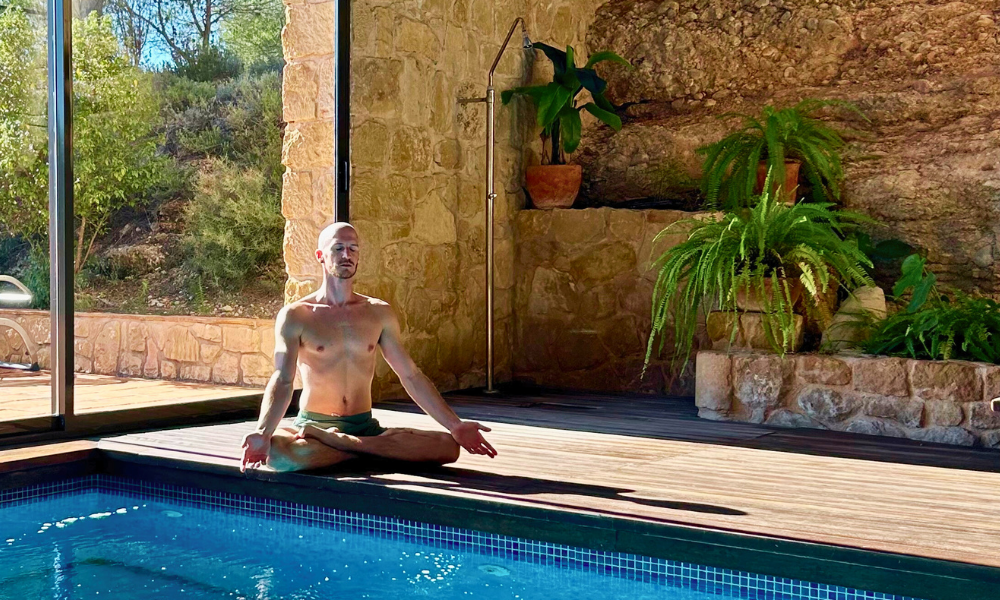Asana, Pratyahara & Prana
About the importance of combining posture, focal point and breath in our practice
By combining movement, focal point, and breath, we can truly maximize the benefits of our yoga practice.
The yoga journey is an inward path, guiding us toward our soul and self-actualization. By following the eight-fold path, we cleanse the old conditionings that keep us trapped in certain patterns (samskara). Gradually, we arrive at Patanjali’s definition of yoga: Yogas citta vritti nirodhah – Yoga is the cessation of the fluctuations of the mind.
To achieve this, yoga provides us with three powerful techniques: physical postures to purify the body (asana), breathing exercises to balance our emotions (pranayama), and meditation to work on the mind and consciousness (pratyahara, dharana, and dhyana). In the West, we often focus our practice primarily on physical exercises. We might include some centering breaths at the beginning and a brief meditation after Savasana, but the main part of most studio yoga classes is the practice of asana. This is why I believe it’s so important to bring awareness to the other two yogic techniques (pranayama and meditation) during our asana practice. Yoga is a holistic system, and in every asana practice, there are elements of pranayama and meditation. Similarly, in every breathing exercise, there are elements of asana and meditation, and in every meditation, there are elements of pranayama and asana.
Never miss a blog post. Sign up to my Substack and get new articles directly in your Inbox.
I always encourage my students to first enter the posture, check in with their body to see if any adaptations are needed, and get a sense of how the body feels in that shape. Then, focus on a specific point (drishti) and simply observe the breath. Working with a focal point is an exercise of pratyahara (sense control), allowing us to block out unnecessary stimuli and take a first step toward experiencing yoga as meditation in movement. From there, observing the breath helps us draw inward, disconnect from the external world, and allow the asana to do its job: sending life force (prana) into a specific area of the body. By following this simple formula—combining movement, focal point, and breath—we can truly maximize the benefits of our yoga practice. In this way, you won’t just feel the immediate effect of being nicely stretched after a yoga class; you’ll also begin working to remove the old conditionings mentioned earlier and embark on a new path toward your true self.
